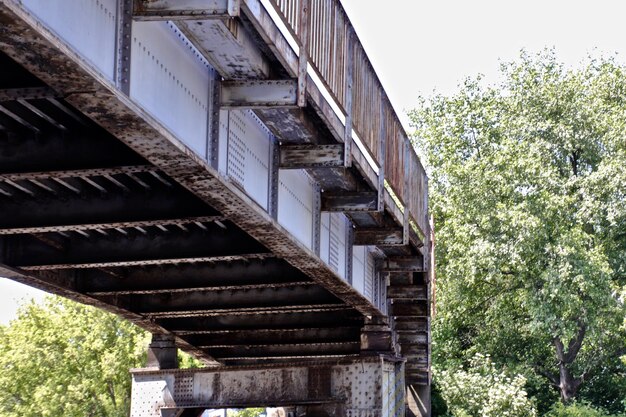Optimize Your Pergola: How Much Slope Does Its Roof Need for Effective Drainage?
Pergolas can transform any outdoor space, making it not just an extension of your home but a cozy area for relaxation and entertainment. But to maintain the beauty and functionality of your pergola, particularly during rainy seasons, it's crucial to ensure adequate drainage. So, how much slope should your pergola roof have to ensure proper water drainage?
The Importance of Slope
The slope, or pitch, of a pergola roof is essential for directing rainwater away effectively. Without sufficient slope, water can pool on the roof, which might lead to leaks or structural damage over time. Additionally, stagnant water can promote mold and attract pests, compromising both aesthetics and safety.
Recommended Slope for Pergola Roofs
For effective drainage, a minimum slope of 5% is recommended for most pergola designs. This translates to about a 1/2 inch drop for every foot of pergola depth. However, the optimal slope can depend on a few factors:
- Material of the roof covering: Different materials may require varying degrees of incline to operate most effectively.
- Local climate conditions: Areas with heavy rainfall might benefit from a slightly steeper slope.
- Personal aesthetic preferences: Opting for a steeper or more gentle slope could influence the overall design appeal.
How to Calculate the Right Slope
To calculate the necessary slope:
- Determine the depth of your pergola roof (the measurement from the front to the back).
- Multiply the depth by 0.05 to find the drop needed from front to back.
For instance, if your pergola roof is 10 feet deep, a 5% slope equates to a 6-inch drop from the front of the roof to the back.
Considerations for Installation
When installing or adjusting your pergola's slope, consider these additional factors:
- Ensure structural stability: A well-supported structure is vital to handle the modified weight distribution.
- Seek professional advice: If in doubt, consulting with a professional can ensure both effective drainage and structural integrity.
Explore High-Value Resources
Once you've mastered the art of pergola slope calculation, you may naturally consider additional home improvement projects. But managing the costs efficiently is key. Here’s where financial and educational resources come in handy:
- Home Improvement Grants: Look for local or national government programs offering grants for home enhancements, which can include pergola improvements.
- Energy Efficiency Programs: Installing an eco-friendly roof? Check for energy efficiency incentives that could reduce your overall costs.
- Educational Grants for Skill Development: If you're DIY-ing your pergola roof, consider educational grants or vocational courses that improve your skills, offering long-term savings and project satisfaction.
🔹 Financial Assistance Programs:
- State or local housing grants
- Energy efficiency tax credits
🔹 Credit Solutions:
- Low-interest home improvement loans
- Credit card solutions with rewards or cash back on home expenses
🔹 Educational Opportunities:
- Vocational training grants
- Workshops on sustainable home design
Ensuring a proper slope for your pergola roof is crucial, but it's only part of a broader approach to maintaining and enhancing your property. Leveraging additional resources can empower you to make smart financial decisions and approach future projects with confidence.
